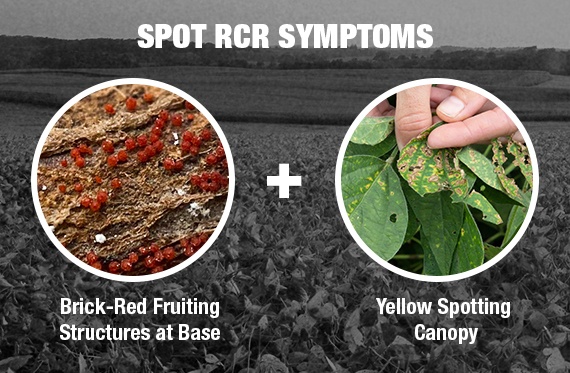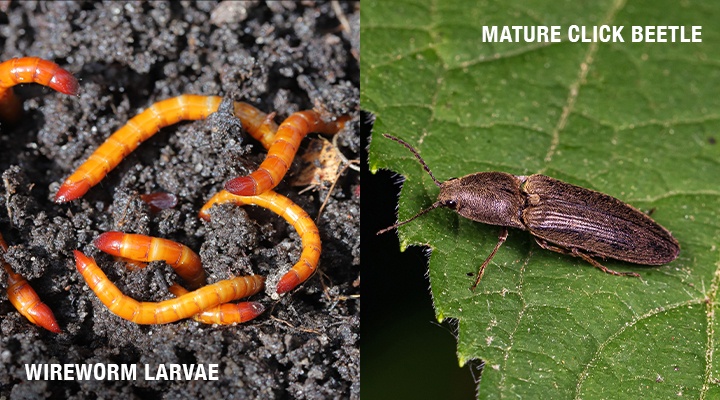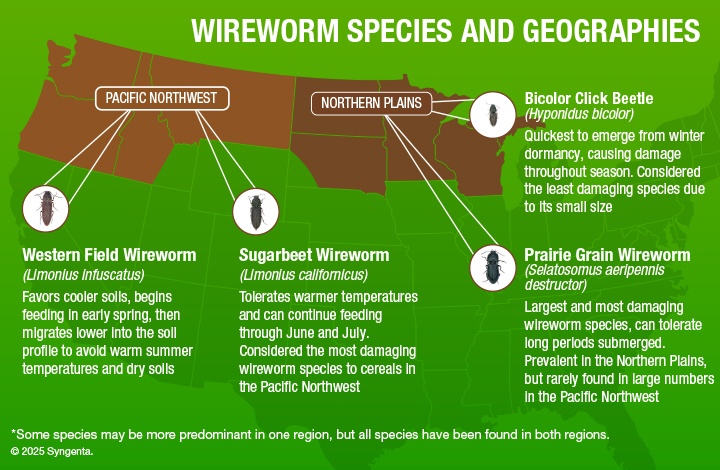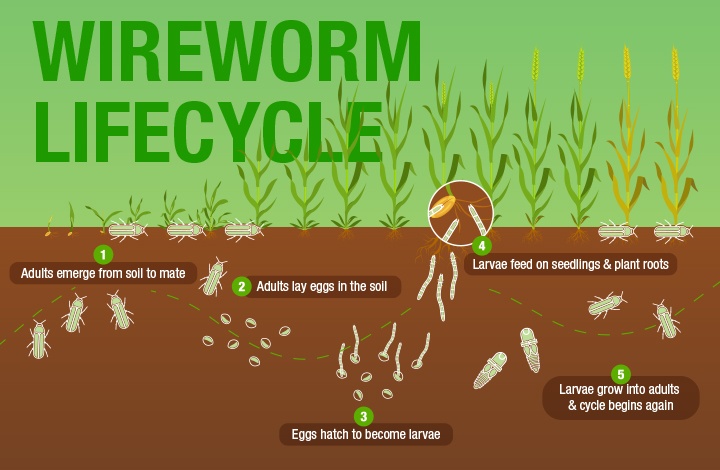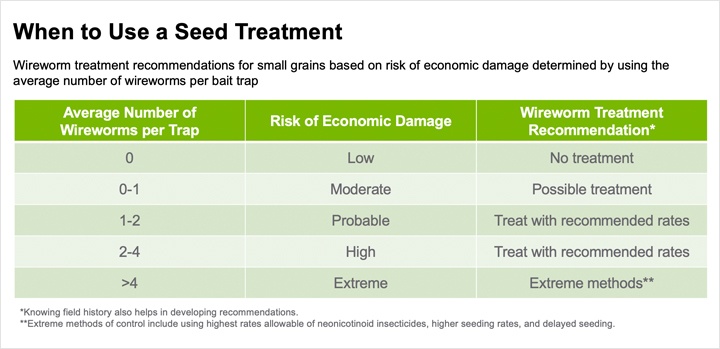Winds bring more than fresh air and rain to corn and soybean fields; they can carry pests and pathogens into new areas. Most new-to-a-region diseases have been creeping into fields with the help of dust, spores or insects moving through the air.
Learning about new agronomic challenges before they hit your fields helps you know what to do once they show up. Regular scouting and a predetermined management plan will help you fight unwelcome emerging pathogens and protect your yield potential.
Corn Threats
Tar Spot
Tar spot has been moving across the Midwest for several years. While proactively managing it has become standard practice for Indiana farmers, those in western Iowa and Nebraska are just starting to see it.
“Once tar spot arrives, it overwinters on crop residue and infects corn in cool temperatures between 60- and 70-degrees Fahrenheit, high humidity and prolonged leaf wetness,” says Dean Grossnickle, Syngenta technical development lead based in central Iowa. “It usually isn’t noticeable until after tasseling when scouting is uncomfortable.”
Tar spot, named for the small black spots on leaves that don’t rub off, can significantly reduce yield. What should be done when it moves in?
“Take a deep breath — it is manageable,” says Grossnickle. “We’ve learned that a proactive treatment with Miravis Neo or Trivapro fungicides at the tasseling stage provides protection against tar spot through most of the grain fill period.”
He adds that an overlapping residual fungicide application two or three weeks later can sometimes increase potential yield under heavy pressure, though the results aren’t consistent. Burying crop residue can help, but exposed spores can easily blow in from neighboring fields.
Corn Stunt Disease and Corn Leafhopper
Corn stunt disease is a bacterial disease moving north from Texas and Oklahoma into Kansas and Nebraska. As the name suggests, it stunts plant growth and ear development. Solutions have yet to be discovered.
Corn leafhopper, an insect native to Central America, spreads bacteria as it feeds on corn plants. They reproduce quickly, with multiple generations each season, according to Oklahoma State University Extension. Bugs can travel several miles during their lifespan, with females laying eggs on corn leaves. Entomologists are still learning where they overwinter.
“As with other bacterial diseases like Stewart’s wilt, if you find a resistant hybrid, plant it,” Grossnickle recommends. “Insecticides can control corn leafhoppers, but treatment thresholds will be different for disease management compared to leaf damage.”
Planting corn early, before insect populations increase, may also reduce disease impact.
Unexpected Visitors Surprise Corn Growers
Weather can bring unexpected pathogens to a region, says Dalton Webster, Syngenta ASR for eastern Iowa. In 2024, an early hurricane blew Southern rust as far north as Iowa and Wisconsin in late July and early August, which unfortunately gave the pathogen time to establish and cut corn yields.
“Southern rust won’t overwinter, but 2024 is an example of the need to watch for unexpected problems,” Webster says. “Fortunately, both Trivapro and Miravis Neo protect against rust and a variety of other diseases, so solutions for unexpected issues often align with strategies to manage tar spot, gray leaf spot and other diseases.”
Soybean Threats
Red Crown Rot
In soybean fields, the soilborne pathogen causing red crown rot (RCR) appears to be spreading throughout Illinois. It has also been confirmed in a few Indiana and Missouri counties, and surrounding states are on the lookout. Initial symptoms can easily be mistaken for sudden death syndrome (SDS).
“Soilborne pathogens can be spread easily by wind and equipment,” Webster says.
Crop rotation and planting soybeans early may help manage RCR, but early planting increases the risk for SDS. Saltro® fungicide seed treatment helps suppress RCR, and it can help protect early planted soybeans against SDS as well.
Target Spot
Grossnickle notes that target spot, usually found in the south, appears to be a growing issue in the Midwest.
“As soybean traits and genetics have changed, it seems we’ve selected for varieties with more susceptibility to target spot,” he says.
It can attack any part of a soybean plant, thriving in 75 to 85 degrees Fahrenheit temperatures with frequent rainfall or irrigation, especially in continuous soybeans. Residue management and practices that promote drier leaves, like wide rows, can reduce risk. Both Miravis® Neo and Miravis Top soybean fungicides also help manage target spot.
Revisiting Soybean Cyst Nematode
Though not considered an emerging pathogen, Webster notes a renewed industry focus on soybean cyst nematode (SCN).
“As growers put more focus on raising soybeans, aiming for yields of 90 to 100 bushels, SCN is getting more attention as a yield-limiting factor,” he says.
Seed companies are developing more varieties with Peking genetics, the less common source for SCN resistance. This allows farmers to rotate both crops and resistance sources to reduce SCN pressure. At the same time, crop protection companies have been developing nematicide seed treatment options.
“We know Saltro can help protect soybeans in combination with resistant genetics,” Webster says. “ADEPIDYN technology, the active ingredient in Saltro, affects the same pathway in a fungus or a nematode, shutting down energy production at the cellular level.”
Regardless of the unwelcome pathogens — both expected and unexpected — that move into your neighborhood this season, connect with your local Extension, Syngenta reps, and neighbors to share the knowledge and tools to protect your crop yield.

